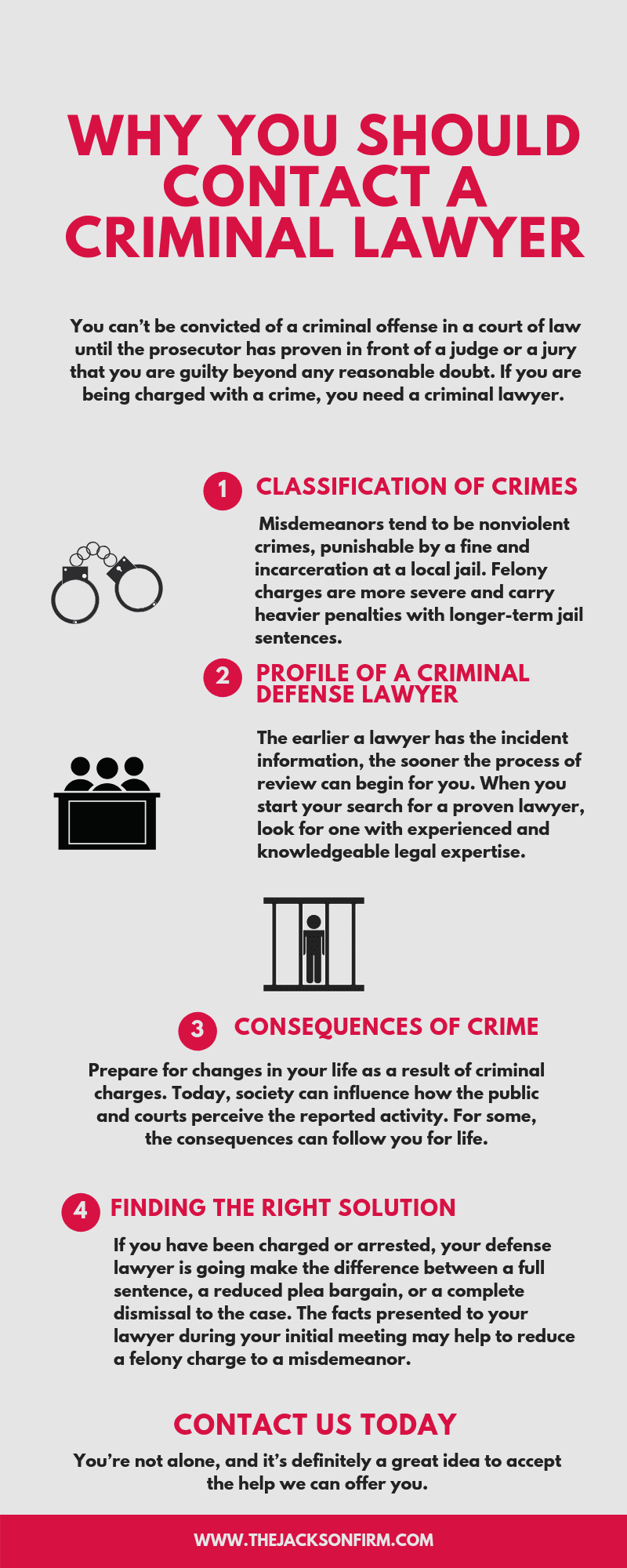Browsing A Criminal Trial: A Detailed Detailed Examination Of What Happens
Browsing A Criminal Trial: A Detailed Detailed Examination Of What Happens
Blog Article
Published By-Butcher Carter
When you enter a criminal test, you might be amazed by the structured procedure that unfolds. Everything starts with jury selection, where potential jurors are inspected for biases with an approach called "voir dire." After that, both sides present their opening statements, setting the stage for the evidence and testaments to follow. You'll see just how the prosecution and protection build their cases, however what occurs next can considerably influence the outcome. Understanding these stages can reveal the intricacies of justice, yet there's more to reveal about the critical moments that follow.
Jury Choice Refine
When it involves the court selection process, you're diving right into an important phase of a criminal test. This procedure, usually called "voir dire," entails wondering about possible jurors to ensure they're honest and with the ability of delivering a fair verdict.
https://www.bustle.com/entertainment/candy-montgomerys-lawyer-don-crowder-what-happened 'll see both the prosecution and defense attorneys getting involved actively, each intending to select jurors that align with their instance's narrative.
During voir dire, you'll see that lawyers ask concerns regarding jurors' backgrounds, beliefs, and experiences. Their objective is to identify any type of pre-existing prejudices that might influence a juror's choice. As a juror, you could feel a mix of nervousness and inquisitiveness, however your honesty is crucial.
After questioning, attorneys can challenge certain jurors for reason if they think a juror can't remain impartial. They can additionally use a minimal variety of peremptory difficulties to dismiss jurors without mentioning a factor.
Trial Phases Explained
The stages of a criminal test play a vital function in making sure a reasonable and structured process.
You'll first come across the opening declarations, where both the prosecution and defense detail their cases. This establishes the stage for what's to come.
Next, the prosecution presents its proof and witnesses, aiming to confirm the offender's shame past a practical question. You'll see straight exam followed by interrogation, enabling both sides to challenge the presented info.
After the prosecution relaxes its situation, it's the protection's turn. They'll provide their proof and witnesses, frequently concentrating on creating reasonable doubt. You'll notice that the defense does not have to confirm innocence; they just require to test the prosecution's case.
Once both sides have provided their disagreements, you'll hear shutting statements, where each celebration summarizes their situation. This is vital as it reinforces their settings before the court ponders.
Throughout these phases, the court ensures that the trial abides by lawful requirements which the civil liberties of both parties are secured.
Understanding these phases will certainly aid you value the complexities associated with a criminal trial and the importance of each step in the search of justice.
Verdict and Sentencing
After all proof has actually existed and arguments made, the jury or judge delivers a judgment, establishing the offender's guilt or virtue. If you become part of the jury, you'll deliberate with your fellow jurors, discussing the proof and your impressions. This procedure can take some time, as you'll wish to ensure every person settles on the decision based on the truths.
Once a decision is reached, it's revealed in court. If the defendant is found guilty, the next stage is punishing. This is when the judge decides the appropriate punishment. You might observe that numerous aspects affect the sentence, such as the severity of the crime, the accused's past record, and any kind of mitigating situations.
The court might enforce a variety of sentences, from penalties and community service to jail time. Often, the defense or prosecution can offer arguments regarding sentencing, trying to persuade the judge's choice.
If the accused is found not guilty, they're acquitted, and no penalty adheres to. Remember that a guilty judgment can frequently result in allures, where the accused might challenge the judgment or the sentence imposed.
Verdict
In a criminal test, you've seen how vital each action is, from court choice to the final verdict. You've complied with the prosecution and protection as they construct their cases, aiming to encourage the court. When deliberation wraps up, the judgment determines the outcome, and if the defendant is condemned, the sentencing stage begins. Understanding these procedures aids you appreciate the complexities of the justice system and the significance of each function in making sure a fair trial.
